As August draws to a close and September looms, Texans begin to imagine that the mornings are a little cooler when we walk outside. We dream for that first day in fall when the heat actually does lift and the thermometer drops to a tolerable degree of heat. In spite of these dreams, September is still the middle of hurricane season. While August is the month in which hurricanes most frequently land on the Texas coast, September is no time to blink. Both Hurricane Rita and Hurricane Ike made landfall in September.
Learning from the Past
Whether it's torrential rains in April and May or Hurricane Harvey in August, Houstonians are no strangers to disaster, flooding, and devastation. Our response has consistently been and will continue to be to join hands and help each other out.
Whenever the next disaster may occur, remember to check in at ubahouston.org/disaster. That page will be immediately activated. Churches looking to help and churches needing help will be able to check in and provide a status update. We are always Better Together!
I was archiving some old files the other day and came across some information from 2005. If you’ve been around awhile you remember that Hurricane Rita (September 2005) followed just a month to the day after Hurricane Katrina (August 2005) and the resulting levy breaches had devastated New Orleans.
Many of our UBA churches—large and small—were heavily involved in helping those who had fled New Orleans and arrived in Houston. At the time, Karen Campbell was the UBA Communications Consultant, and she recorded these examples of innovative collaboration. We are deeply thankful for the action of churches when disaster strikes and proud of a legacy of innovative collaboration in our association. Here is some of Karen’s reporting from 2005.
Better Together
UBA churches have responded to Hurricanes Katrina and Rita with relief efforts that range from opening their facilities as temporary shelters, housing evacuees in homes, providing meals and recreation experiences, and serving as donation and distribution centers for much-needed items. More than twenty UBA congregations served as temporary shelters during the initial days of Katrina relief. Many more churches are now reporting ministries to individuals through their members' homes.
Trinity Pines hosted more than 400 evacuees. Eagle Heights, South Main, and Willow Meadows housed Katrina evacuees and then wound up at Trinity Pines as evacuees themselves.
West Houston Vietnamese Baptist decided not to evacuate for Rita. Throughout the evening, God brought strangers to them. These visitors voiced their thanks that the church was looking beyond racial lines and ministering to needs.
Metropolitan Baptist Church helped a young mother move from Reliant Center into a modest home in northwest Houston and was part of the process in helping her find her displaced baby (who was in Atlanta with the grandmother).
Woodhaven Baptist Deaf made sure that evacuees at the George R. Brown who were deaf had interpreters and became the advocates for the deaf on site who were missing critical pieces of information since so much was handled on loudspeakers.
Churches in Deer Park worked with local authorities, other denominations, schools, the Chamber of Commerce and others to provide a coordinated approach to feeding hotel evacuees, locating housing, providing needed resources, etc.
The article's thumbnail shows hundreds of volunteers from many faiths gathering at Houston’s Second Baptist Church to pick up yellow t-shirts and receive training for Operation Compassion.
Market Street Baptist Church responded almost immediately to the need for shelter. Initially declined by the Red Cross, they took it upon themselves as a small congregation with a big facility to open up as a shelter even though their pastor had to leave town for a family wedding and then had to have surgery. Working with area churches they were eventually recognized by city officials and others for the contribution they were making. $15,000 in funding came from Jewish individuals in the neighborhood who believed in what they were doing.
Fairmont Park became the model that others copied. They were Red Cross certified in no time and even provided private rooms for the evacuees by allowing them to take over Sunday School classrooms.
The Lord’s Church knew early on that the issue was bigger than just housing and were among the first to begin to look at job and long term housing concerns.
Iglesia Bautista Redencion focused on hotels and ministered for weeks to persons in their area providing food and needed resources. When Rita hit, they traveled to east Texas and provided assistance there.
Willow Meadows Baptist Church was one of two churches to be recognized by AARP for their work during Katrina relief.
Eagle Heights Baptist Church worked out of their facility and mostly with one family but that was over 60 people!
Saint Agnes Baptist Church provided assistance for evacuees from New Orleans. They later continued to do skill development, job assistance, housing voucher assistance along with emergency basic services.
Greater New Hope Baptist Church provided mattresses and box springs along with clothing and shelter information to those impacted by the hurricane.
These are only a few of the stories of churches responding to the disaster. When the next disaster strikes, churches large and small will respond. It is what our churches do. Each church responds according to its resources and abilities.
Together, that response is multiplied. Together, confusion and chaos can be reduced. Together, resources can be quickly shared and delays avoided. Together, we are better.
Get prepared. Stay ready. When the time comes, check in to ubahouston.org/disaster











